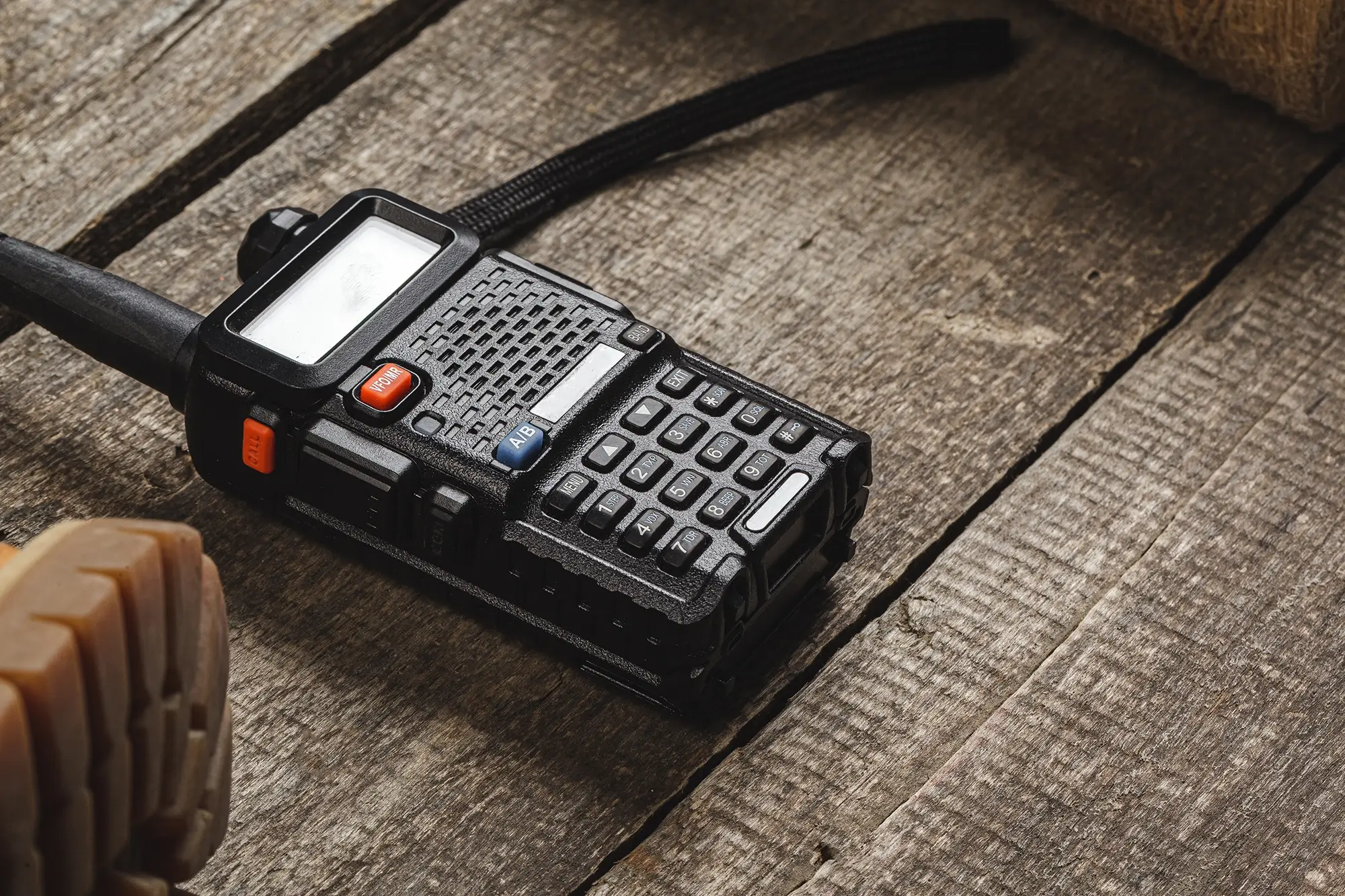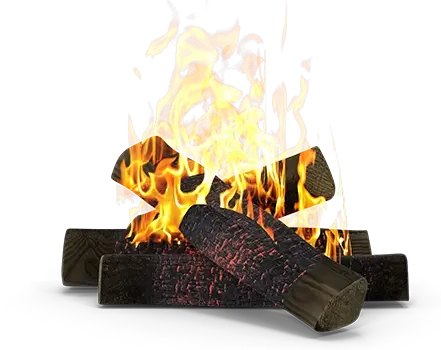We all woke up today to news of a cellphone outage hitting AT&T customers nationwide and many are fearing it could be some sort of cyber attack. Around 4 a.m. ET on Thursday, February 22, more than 32,000 outages were reported across AT&T’s network. Once 7 a.m. rolled around, that number jumped to over 50,000 people. Per the Down Detector website, there were nearly 75,000 outage reports just before 9:15 a.m. ET. on 2/22/24.
Are We Prepared for a Cyber Attack?
In a world increasingly reliant on digital connectivity, the vulnerabilities of traditional communication methods become starkly apparent during a cyber attack. Whether it’s a large-scale cyber warfare or a localized event disrupting infrastructure, the ability to communicate becomes a critical element. Let’s explore the weaknesses of conventional communication channels during a cyber attack and delve into alternatives.
Confirmation from around the US on a nationwide cellular network outage. Seems to have affected @ATT first, then later reports from other phones on @TMobile @Verizon and more. I can't imagine this is incompetence or a single node failure. Concerned it could be a #cyberattack. pic.twitter.com/wlbsfi2E71
— MikePrasad.eth (@mikeprasad) February 22, 2024
The Vulnerabilities of Traditional Communication
Our modern world is interconnected through a complex web of digital infrastructure, making communication faster and more efficient than ever before. However, this interconnectedness renders us susceptible to cyber threats that can compromise the entire way we communicate.
- Internet: The Internet, a lifeline for information exchange and real-time communication, is highly vulnerable. Disruptions to Internet service providers or the entire Internet itself can severely disrupt communication, isolating everyone.
- Cellular: Mobile phones rely on cellular networks susceptible to hacking and network congestion during a cyber and other crisis. Infiltration of these networks can lead to widespread outages, making cell phones practically paper weight.
- Power Grid: Most communication infrastructure depends on a reliable power supply. Attacks targeting power grids can plunge entire regions into darkness, including any coms reliant on the main power grid.
Alternative Communication
It is essential to have contingency communication plans that go beyond the traditional methods.
HAM Radios
HAM (amateur) radios have been a stalwart in emergency communication for decades. The radios operate on designated frequency bands, allowing for long-range communication without dependence on the Internet or cellular networks. HAM radio operators, or “hams,” can establish a network for information exchange.
Advantages of HAM Radios

- Independence from Infrastructure: HAM radios function independently of traditional communication infrastructure, making them resilient.
- Long-Range Communication: HAM radios can communicate over long distances, enabling regional and even international communication.
- Community Building: HAM radio operators often form local communities, providing mutual support and information sharing during emergencies.
Mesh Networks
Mesh networks are decentralized communication systems where each node serves as a relay for others, creating a web-like structure.
- Key Features of Mesh Networks:
- Mesh networks can adapt dynamically, rerouting traffic through available nodes if one node fails or is compromised, ensuring continuous connectivity.
- Well-suited for localized communication needs, mesh networks are adequate for community-based communication without broader infrastructure.
Encrypted Messaging Apps
While traditional digital communication channels may be vulnerable, secure messaging apps with end-to-end encryption can protect against threats.
Secure Messaging App Features:
- Messages are encrypted on the sender’s device and decrypted on the recipient’s device, ensuring that only the intended recipient can read the message.
- Some encrypted messaging apps prioritize user anonymity, adding protection against surveillance and cyber threats.
Being able to communicate in any situation, especially in one where the power grid is down, an attack has occurred, or a typical natural disaster. Here are some simple ideas for you to ponder what choice best suits you.
- HAM Radio Licensing: Obtain a license to operate on designated frequency bands legally. This will enable you to communicate with other licensed operators and access valuable information networks and will also help you learn more about the technical aspects of the radio. Invest in HAM Radio Equipment: Acquire reliable equipment, including transceivers, antennas, and power sources. These can be pretty expensive and time-consuming, but they are tried and true.
- Mesh Network Setup: Mesh networks are relatively new in popularity because of the easy and cheap entry. You also don’t need a license for this. Apps like Mesh Network are open-source and have a huge community behind them.
- Secure Messaging Apps: Identify and use encrypted messaging apps prioritizing security and privacy. These are great for secure group chatters when you don’t want people to listen in or disrupt the transmission of information.
- Regular Drills and Training: Honestly, more important than having the devices themselves is having a relationship with the people around you. All good the coms will do if you don’t have anyone working with you towards the same goal. Set up or join local groups to learn and teach others. Building a bond and new friendships that may come in handy.
In the face of cyber attacks, the ability to communicate is a skill that cannot be overstated. Traditional communication methods are vulnerable to cyber threats, making exploring alternative, secure options imperative.
HAM radios, mesh networks, and encrypted messaging apps offer great solutions to a problem that has been overlooked by many. Combining the methods will greatly increase your ability to communicate with your friends, family, and community. Building trust and relationships in a time of crisis will hopefully bring everyone together in your area to weather the storm.







